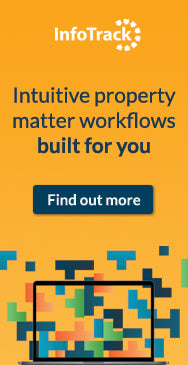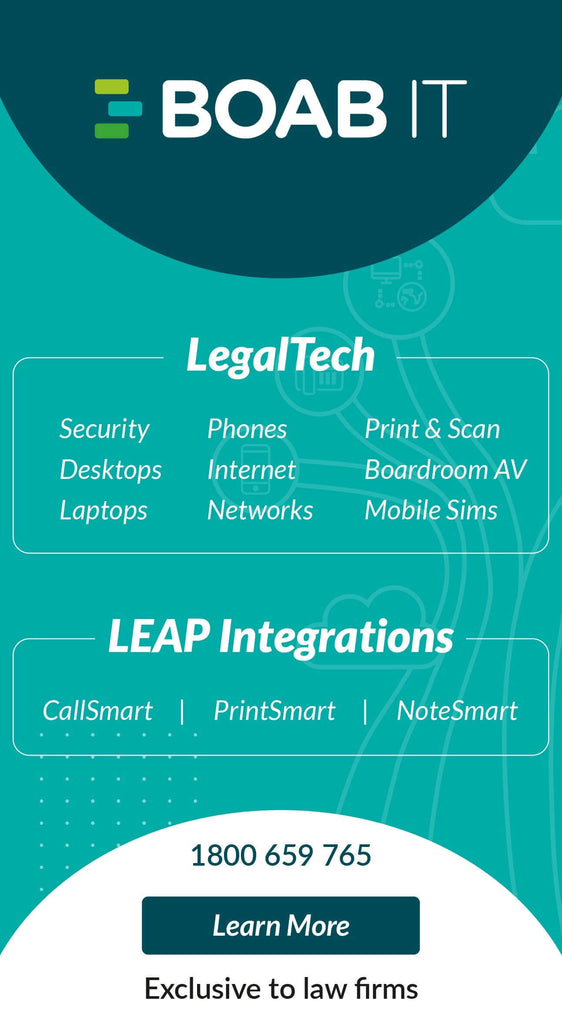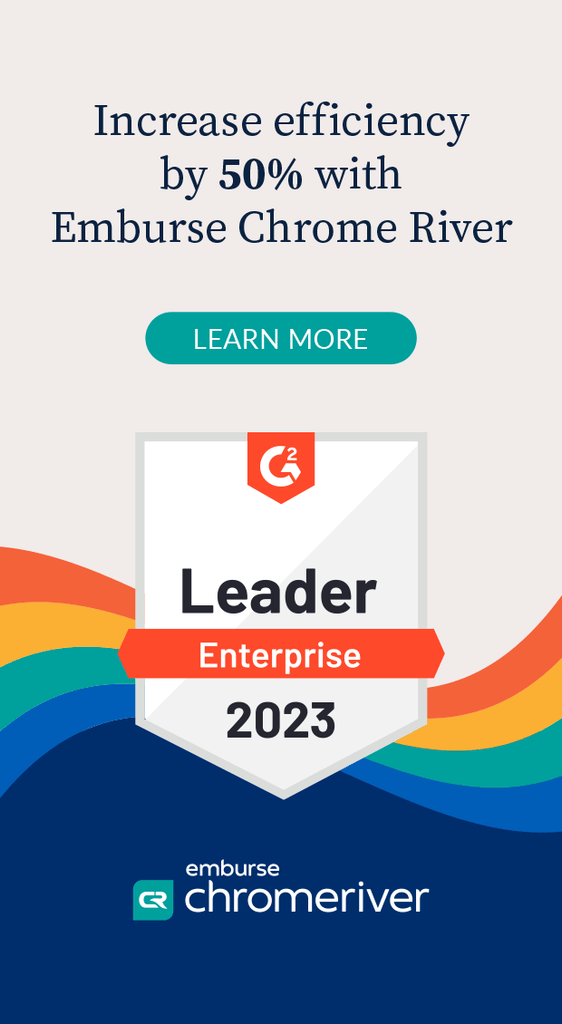
Unclouded Australian Document Management Systems Review
Looking for a document management system (DMS)? Although there is no shortage of options, the reality is that if you are a reasonable-sized legal firm with high expectations, then there are really only two serious DMS contenders, especially in Australia, where the legal market has long been dominated by iManage, with recent competition coming from NetDocuments. While NetDocuments is hardly a new DMS – it has been around for over 25 years - it has been gradually winning an increasing market share primarily because it has always been a true cloud solution. After some initial concerns about moving critical data away from a self-managed environment, there is now broad acceptance that moving to the Cloud is inevitable.
Although there are still many larger Australian law firms running older, on-premise versions of iManage, they understand that they will eventually need to move to iManage Cloud. But as is often the case when faced with a major investment a business will rightly ask the question - what are the alternatives? And the reality is there is currently only the one viable alternative for Australian firms – NetDocuments. And when the cost of migration, the long-term cost of ownership, security and the additional functionality that it offers are considered, NetDocuments becomes an appealing proposition. Several US firms have recently made the decision to move from an on-premise version of iManage to NetDocuments, and one local firm that recently made this decision and has successfully made the change is Hicksons Lawyers. Michael Barrett, CIO at Hicksons, provides some insights into the firm’s decision.
“When our heritage on-premise iManage DMS reached end-of-life, we had a unique opportunity to review our technology footprint. We were looking for a differentiator: technology that would genuinely make the lives of our lawyers and direct support staff easier, enabling them to deliver the best service to clients while balancing the ongoing annual total cost of ownership.
After a thorough evaluation of the market, NetDocuments stood out by far—not only for its ease of use but also for its clear innovation vision. The company’s product roadmap went above and beyond anything else on the market at the time. We are also really excited about how new innovations, such as PatternBuilder MAX, are being baked into the platform.
Hicksons Partners & Staff have used nothing but on-premise iManage for over a decade, but that approach came with a number of compromises and features that simply no longer aligned with how users want to work today and how Hicksons wants to offer services to its clients – so they all had high expectations for any new DMS.”
An advantage that NetDocuments has over iManage is that it has always been a Cloud solution. After 25+ years, reliability, security, and stability are well established. This allows NetDocuments to focus on additional and often persuasive functionality that will appeal to law firms.
Although iManage has only recently released its true Cloud solution, it has generally been well received, and many clients have already made the move, especially those who have already implemented the hybrid Cloud version of iManage. The future focus of iManage will inevitably be on their Cloud solution, and it can be expected that they will encourage existing clients to eventually make the move.
When it comes to deciding on which Cloud DMS to choose, it will not only include an evaluation of which offers the best functionality, best user experience, lowest cost of migration and ongoing cost of ownership; existing iManage clients will also be considering the investment they have made to enhance the functionality of their existing DMS, and whether this can be preserved. Some firms have made, or are making, a considerable investment and will naturally want to retain this when they migrate to the Cloud. As Neil Blum, CIO at Barry Nilsson, explains:
“The future of document management in legal is cloud, with the immediate question being, when to move. Many factors will influence our decision, from functionality & maturity of the product, the level of investment from the vendors, support structure, costs, and integration with the existing technology stack. Barry Nilsson has invested heavily in on-premise integration with the DMS, from Archiving tools, threat detection & DLP, and enterprise search. The chosen cloud DMS provider will need to demonstrate both current state compatibility and future growth into emerging technologies, such as generative AI.”
The cost of implementing traditional, on-premise solutions has always been a deterrent to smaller law firms, which helps explain the appeal and success of Cloud solutions. One such solution that has been enjoying considerable success is the Practice Management Solution ActionStep. This cloud-based practice management system has a sound inbuilt DMS but for firms that require a cloud-based system for document ‘heavy lifting’, it is frequently implemented with NetDocuments or iManage. Both these DMS solutions are now integrated with Actionstep. Now that iManage offers a viable Cloud DMS and integration with Actionstep, they are seeing some of its new clients selecting iManage as their preferred DMS. As Richard, Director of Partnerships at Actionstep, says, `We are proud to be partnering with both NetDocuments and iManage. We now offer our users a choice of which DMS they prefer to use. The inbuilt Actionstep DMS offers fantastic core document management functionality, and we now have integrations with both NetDocuments and iManage for clients that prefer to use these systems.’
So, for any firm looking to implement a fully functional cloud-based DMS the choice remains, and likely to remain, limited. In Australia, there are two reputable DMS providers, and both can be implemented with the confidence that users will ultimately approve of the choice that has been made.
Authored by: John Duckett, Director of InPlace Solutions

Subscribe to the Legal Practice Intelligence fortnightly eBulletin. Follow the links to access more articles related to the business of law and legal technology.
Disclaimer: The views and opinions expressed in this article do not necessarily reflect the official policy or position of Novum Learning or Legal Practice Intelligence (LPI). While every attempt has been made to ensure that the information in this article has been obtained from reliable sources, neither Novum Learning or LPI nor the author is responsible for any errors or omissions, or for the results obtained from the use of this information, as the content published here is for information purposes only. The article does not constitute a comprehensive or complete statement of the matters discussed or the law relating thereto and does not constitute professional and/or financial advice.





